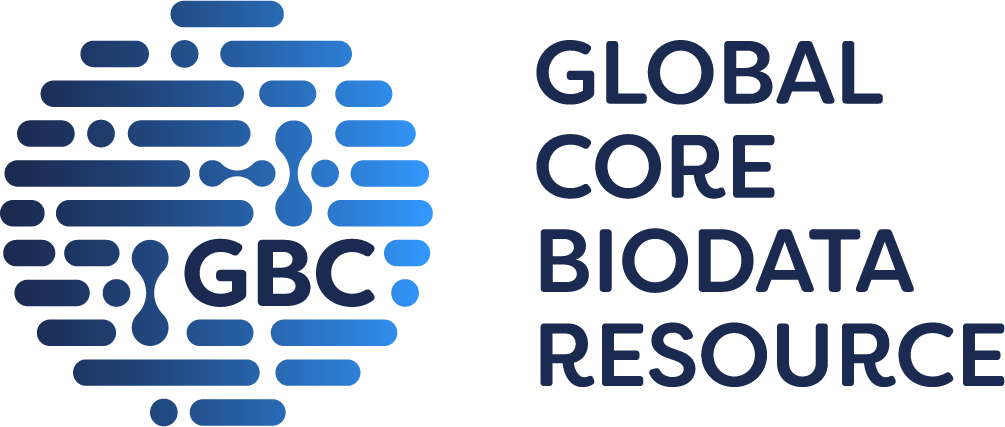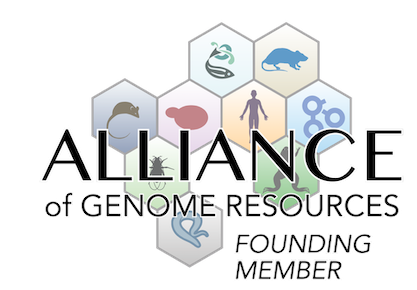craniofacial
|
• at E15.0 in some mice contact between primary and secondary palates is seen but mesenchymal confluence is not yet present and in others contact is absent
• at E16.0, contact between primary and secondary palates is absent in all mice
• at E15.0 there is partial contact but no fusion of the epithelium at the boundary between the primary and secondary palates and proliferation is increased and apoptosis decreased in the epithelium
|
|
• partial submucous cleft with retained epithelial remnants at the anterior-most region of the secondary palate at P0
|
|
• anterior cleft between the primary and secondary palates at P0 and P50 with the secondary palate failing to make contact with the primary palate and the nasal septum
• anterior cleft is seen in all mice at P0 and increases in size by P50
• in culture treatment with TGFB3 beads or folic acid rescues palatal cleft in many explants
|
digestive/alimentary system
|
• at E15.0 in some mice contact between primary and secondary palates is seen but mesenchymal confluence is not yet present and in others contact is absent
• at E16.0, contact between primary and secondary palates is absent in all mice
• at E15.0 there is partial contact but no fusion of the epithelium at the boundary between the primary and secondary palates and proliferation is increased and apoptosis decreased in the epithelium
|
|
• partial submucous cleft with retained epithelial remnants at the anterior-most region of the secondary palate at P0
|
|
• anterior cleft between the primary and secondary palates at P0 and P50 with the secondary palate failing to make contact with the primary palate and the nasal septum
• anterior cleft is seen in all mice at P0 and increases in size by P50
• in culture treatment with TGFB3 beads or folic acid rescues palatal cleft in many explants
|
growth/size/body
|
• at E15.0 in some mice contact between primary and secondary palates is seen but mesenchymal confluence is not yet present and in others contact is absent
• at E16.0, contact between primary and secondary palates is absent in all mice
• at E15.0 there is partial contact but no fusion of the epithelium at the boundary between the primary and secondary palates and proliferation is increased and apoptosis decreased in the epithelium
|
|
• partial submucous cleft with retained epithelial remnants at the anterior-most region of the secondary palate at P0
|
|
• anterior cleft between the primary and secondary palates at P0 and P50 with the secondary palate failing to make contact with the primary palate and the nasal septum
• anterior cleft is seen in all mice at P0 and increases in size by P50
• in culture treatment with TGFB3 beads or folic acid rescues palatal cleft in many explants
|



 Analysis Tools
Analysis Tools